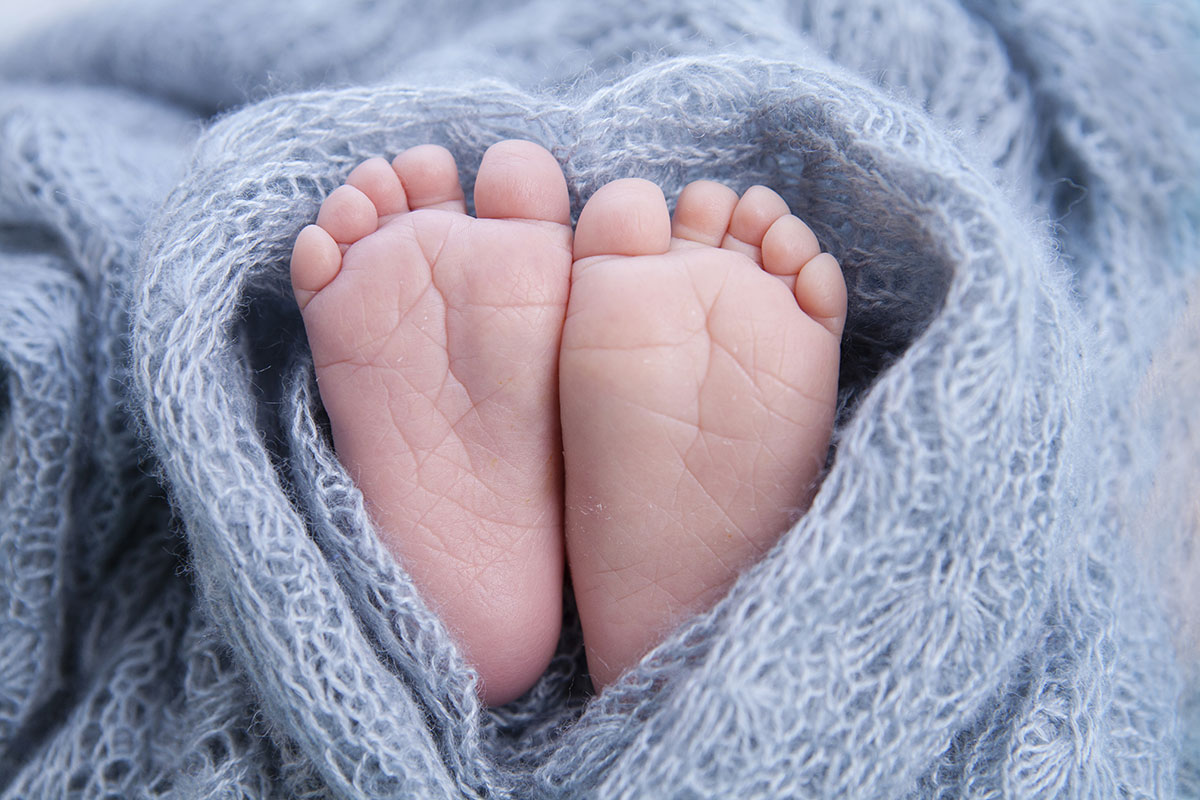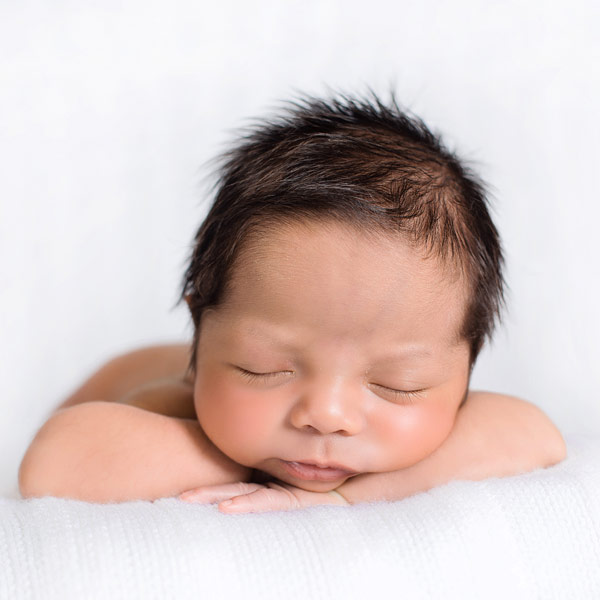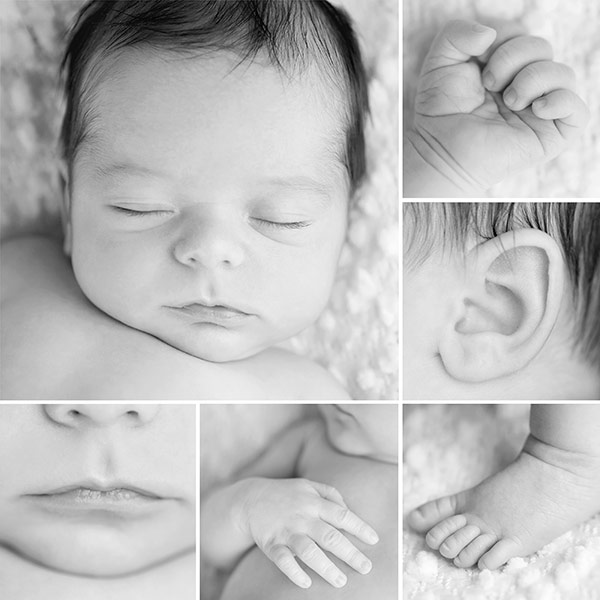How to Photograph New Born Babies
Babies are irresistible. Their big eyes, button noses, cute little feet and tiny fingernails are made that way for a reason. It’s so we want to photograph them. OK, that might not be quite right but they’re certainly designed to appeal to us and it’s only natural that we want to photograph them.
However, creating images that encapsulate all that cuteness takes a little bit of know-how so we’ve put together a few tips.
1. How to time a newborn baby shoot
The simple rule here is that the baby dictates the timing. If you want shots of him or her asleep, you’ll have to wait until they’re asleep. And unless you want images of them bawling, it’s best to leave them until they are ready to wake up for the eyes-open images. Consult the parents to find the best time in the baby’s routine for the shoot.
Before you start the shoot, make sure that all the baby’s requirements have been met, they’re fed, changed and clean. Ask the parents to bring spare clothes so that they can change the baby if necessary and you can produce a range of different style images.
If the baby gets upset halfway through the shoot, you can ask the parents to try to calm them but you may have to reconvene at another time.
Prepare the shooting location in advance of the baby’s arrival. Pay particular attention to the temperature of the room. If the baby is to be naked, it must be warm.
2. What kind of light to use for a newborn baby shoot?
Soft lighting is the best for photographing newborns, you don’t want harsh highlights and shadows. Natural light can work very well, but avoid direct sunlight through a window as it’s harsh and directional. Ideally, use a north-facing window, shoot on a cloudy day or use a diffuser. Also, have a reflector on hand to bounce light back into the shadows.
If you’re using lights, go for softboxes or reflected light to keep it soft.
3. Should you photograph newborns in colour or black and white?
Newborn babies are often very red, so colour images may need careful processing. That’s part of the reason why many photographers opt for black and white. It avoids the issue completely.
If you go for colour, however, soft warm tones usually work best. These need to be used for any clothes that the baby is wearing as well as any props or backgrounds.
Naturally, colour choice is less of an issue with monochrome photography, you’re mainly concerned with brightness and contrast. Many photographers go for a light and airy look with low contrast as it helps convey soft, cosiness, but there are no rules.
4. How to pose newborn babies for photos
Very young babies tend to sleep a lot and they will stay asleep while you pose them. Once they get a few months older they are less manipulable. So try to get the posed shots done in the first few weeks after birth.
Baby posing cushions and bean bags will help you get the baby into the right position and shape, but you can also use rolled up blankets and cushions under a nice baby blanket. Have lots of blankets and cushions around just in case.
5. Get the details of the newborn baby
Shots of baby feet and hands always go down well, so have a macro lens to hand. While you’ve got that mounted, try shooting a few close-ups of the eyelashes and ears as they sleep. Capture all the little details.
6. What camera settings should I use to shoot newborn babies?
A portrait lens like the Sigma 85mm f1.4 DG HSM Art lens is ideal. It gives you a nice working distance and a large aperture.
Generally speaking, wide apertures are the best choice as they help you to get a soft, dreamy look. But think carefully about the plane of focus. If the baby is moving, you may want to close the aperture a little so you get more depth of field and stand a greater chance of getting the right areas sharp.
Shoot raw files so you have as much colour information as possible for the post-capture processing. That will make it easier to get the colours that you want. It also helps with black and white conversions, but it’s useful to shoot in monochrome so you can visualise the end result and how the light looks.

- 17 Aug 2018





































































